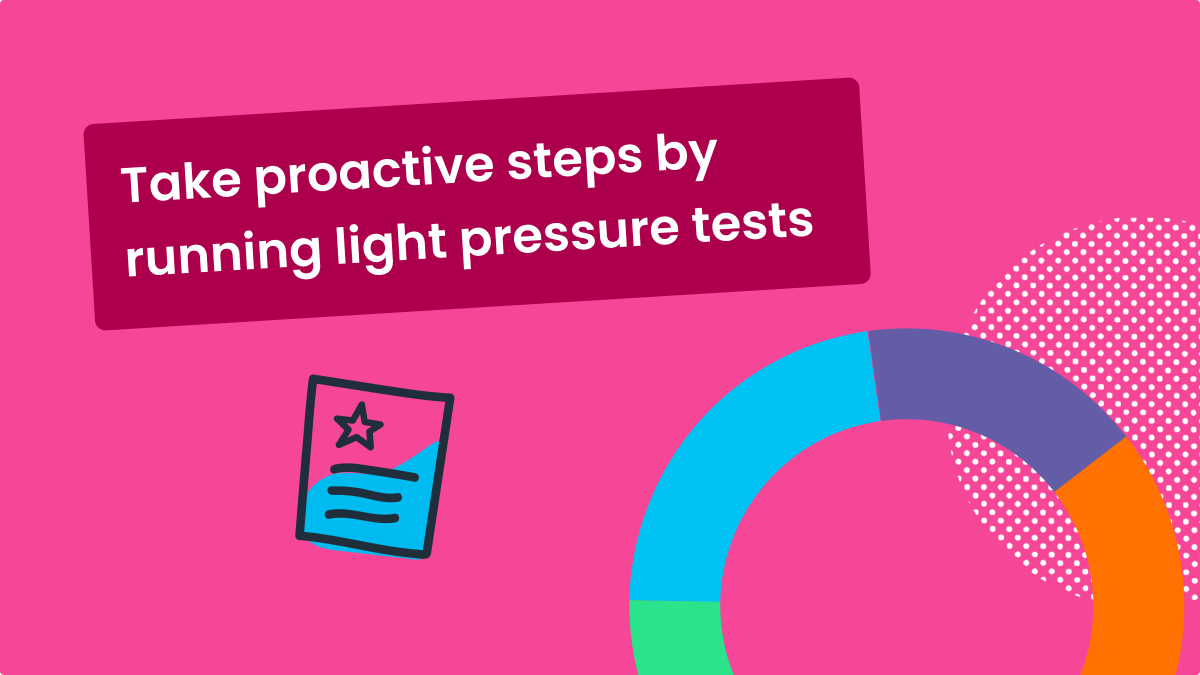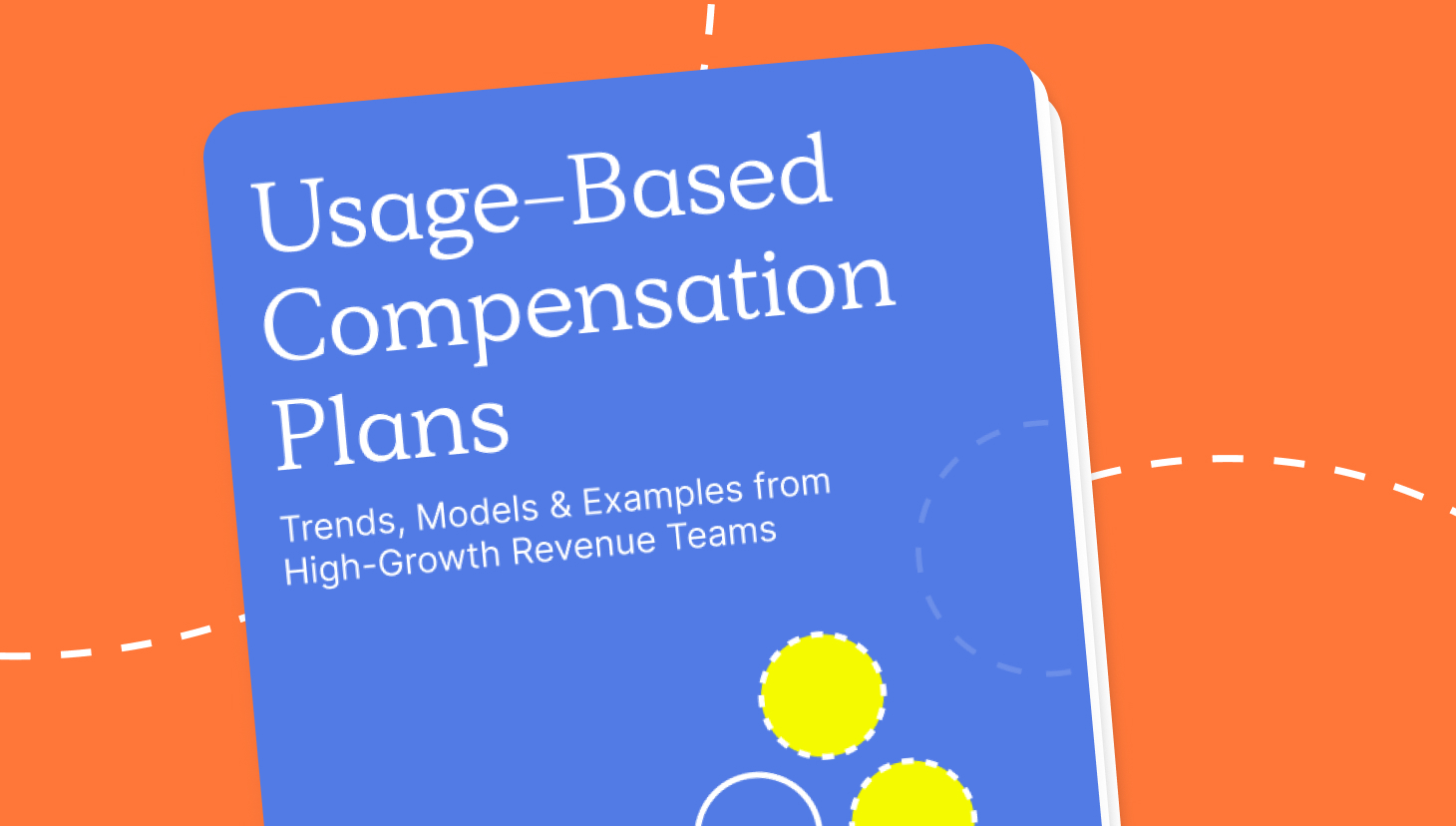Last year, our Chief of Staff (and host of Sales Nerds Live!) Graham Collins shared the patterns he observed after conducting more than 350 compensation strategy calls.
His top five takeaways include the importance of designing comp plans with a task force, keeping plans as simple as possible, aligning the plan to company objectives, avoiding an over-reliance on sales comp to motivate behaviors, and sales comp plan testing.
The latter, sales comp plan testing, is what we’ll focus on today.
In previous blogs, members from both Sales and Finance agreed that the comp plan design process should start with Sales.
“I prefer when Sales comes to us with options and pre-proposals,” said QuotaPath VP of Finance Ryan Macia said, in How to include Finance in sales comp planning. “I don’t like starting from scratch. If you can come to me with some concepts that you think will motivate the team, then we can determine if it will break the bottom line.”
Additionally, Sales can take proactive steps by running light pressure tests of the comp model before taking those first concepts to Finance.
Caroline Tarpey, our former VP of Sales, for instance, said once you give Finance your proposal, they’ll overlay the plan on historical data.
“They’ll take the new plan and run last year’s numbers through it to see how it would pay someone under the proposed plan and how it differed from how it was actually paid out in the year prior,” said Caroline in How Sales and Finance can work better together this comp plan season. “This is a step Sales can take on too if you’re looking to expedite the process a bit and get Finance buy-in earlier.”
So, whether you’re Sales, Finance, or RevOps, and are curious about how to approach sales comp plan testing, we pulled some best practices with the help of our Senior Financial Analyst, Jonathan Mann.
How to pressure test your comp plan models
4. High-level testing: apply last year’s numbers
“Take a carbon copy of your current year numbers and apply them to next year’s proposal,” said Jonathan.
If it doesn’t fit with the current year, don’t even bother moving forward.
“Go back to the drawing board before you get too involved in pressure testing your forecast and model,” Jonathan said.
3. Run scenarios based on next year’s revenue assumptions
Identify overlaps across plans, bonuses, and SPIF programs. Determine the maximum commission rate that a rep could earn on a deal given any time period.
“If you only think about different programs and plans in isolation, and fail to consider where they overlap, you could up paying a rate that you didn’t intend,” Jonathan added.
2. Skip to the bottom line then work backward
Look at the average commission for the year across the sales team.
“My mind goes straight to a mid-range estimate to what kind of commission expense this results in the year based on the revenue modeling,” Jonathan said. “Then I look at if that number is sustainable and reasonable.”
1. Run sensitivity analysis on each component before modeling mixed variables
Take each variable, such as Quota to OTE, actual commission rates, and multipliers, and test individually in controlled environments. Then proceed with scenario modeling by mixing variables.
Jonathan also offered this advice to his fellow Finance peers, “These can be sensitive discussions. Acknowledge that. Be human.”
Chat with our team
Learn how QuotaPath can simplify your sales compensation process and automate commissions.
Book a DemoHappy testing!
For additional sales compensation strategy support, check out Compensation Hub. This free library includes 20 adjustable sales comp plan templates that model according to your inputs. Run different scenarios and test to see if the commission structure fits your business.
And, to learn more about QuotaPath’s automated compensation management software, book time to chat with their team today.



